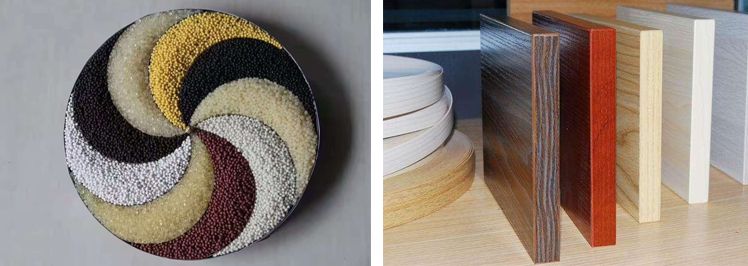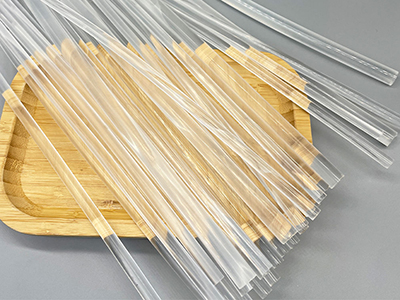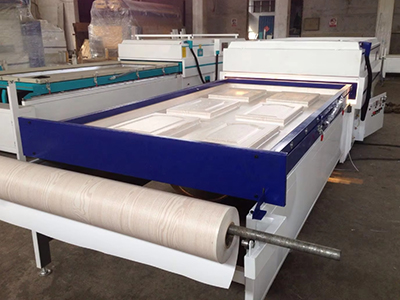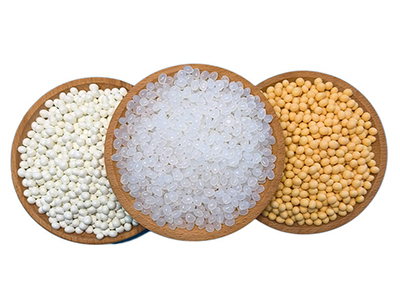EVA Hot Melt Adhesive Curing Speed and Aging Problems
EVA hot melt adhesive is a solvent-free, moisture-free, 100% solid meltable polymer. It is a solid at room temperature, and it becomes a fluid and viscous liquid adhesive when heated to a certain extent. Agent, after melting, it is light brown translucent body or natural white.
The main components of EVA adhesives, namely the basic resin, are copolymerized with ethylene and vinyl acetate under high pressure, and then mixed with tackifiers, viscosity modifiers, and antioxidants to make hot melt adhesives.
The curing speed of EVA hot melt adhesive refers to the time from the start of sizing and pressing to the generation of 80% cohesive strength. The curing time required for general use ranges from 1 to 10 seconds. The curing speed required for automatic sealing assembly lines is generally within Within 4 seconds, there are several factors that affect the curing speed of EVA hot melt adhesive:
- The type of EVA adhesives, the type of EVA glue does not have a great effect on the curing speed, but the trend is that the curing speed of EVA with low melting index and low VA content will be faster.
- The second is the effect of the tackifier. Choosing a tackifier with a high softening point and increasing the amount of tackifier will help increase the curing speed, and the use of the tackifier has a greater impact on the curing speed. The latter is the effect of waxes on the curing speed. Waxes generally act as viscosity regulators in the hot melt adhesive system and have a part of plasticizing effect. Waxes have a great influence on the curing speed.
The general rule is that the higher the softening point of the wax, the faster the curing speed,the more the amount of wax, the faster the curing speed. However, waxes have a particularly large adverse effect on the bonding strength, so relying solely on waxes for adjusting the curing speed is greatly limited.
EVA hot melt adhesive must be heated and melted first, and the problem of hot melt adhesive aging is likely to occur when the amount of glue is relatively slow. If the amount of hot melt glue in the glue tank is relatively slow, it may even take many days to add new hot melt glue to the glue tank. In this case, the hot melt glue in the glue tank is heated repeatedly, resulting in high temperature oxidation and forming vinyl. Acetate, a rubber-like substance that either settles on the bottom or is dispersed in the hot melt adhesive liquid in the form of small fragments.
This phenomenon often creates an illusion that the temperature is not enough, so the use temperature will be increased, and as a result, the deterioration of the EVA hot melt adhesive will be aggravated. Under such conditions, if glue is used for bonding, the bonding strength will not meet the requirements.
In order to avoid this, it is necessary to strictly control the heating temperature of the glue tank, and the actual temperature of the glue liquid should be compared and corrected with the temperature displayed by the temperature controller on a regular basis. The glue tank and other equipment need to be cleaned at least once every quarter, especially if there is a skinning phenomenon, be sure to clean up the hot melt adhesive that has been skinned.
To view WINLONG EVA hot melt adhesives:






